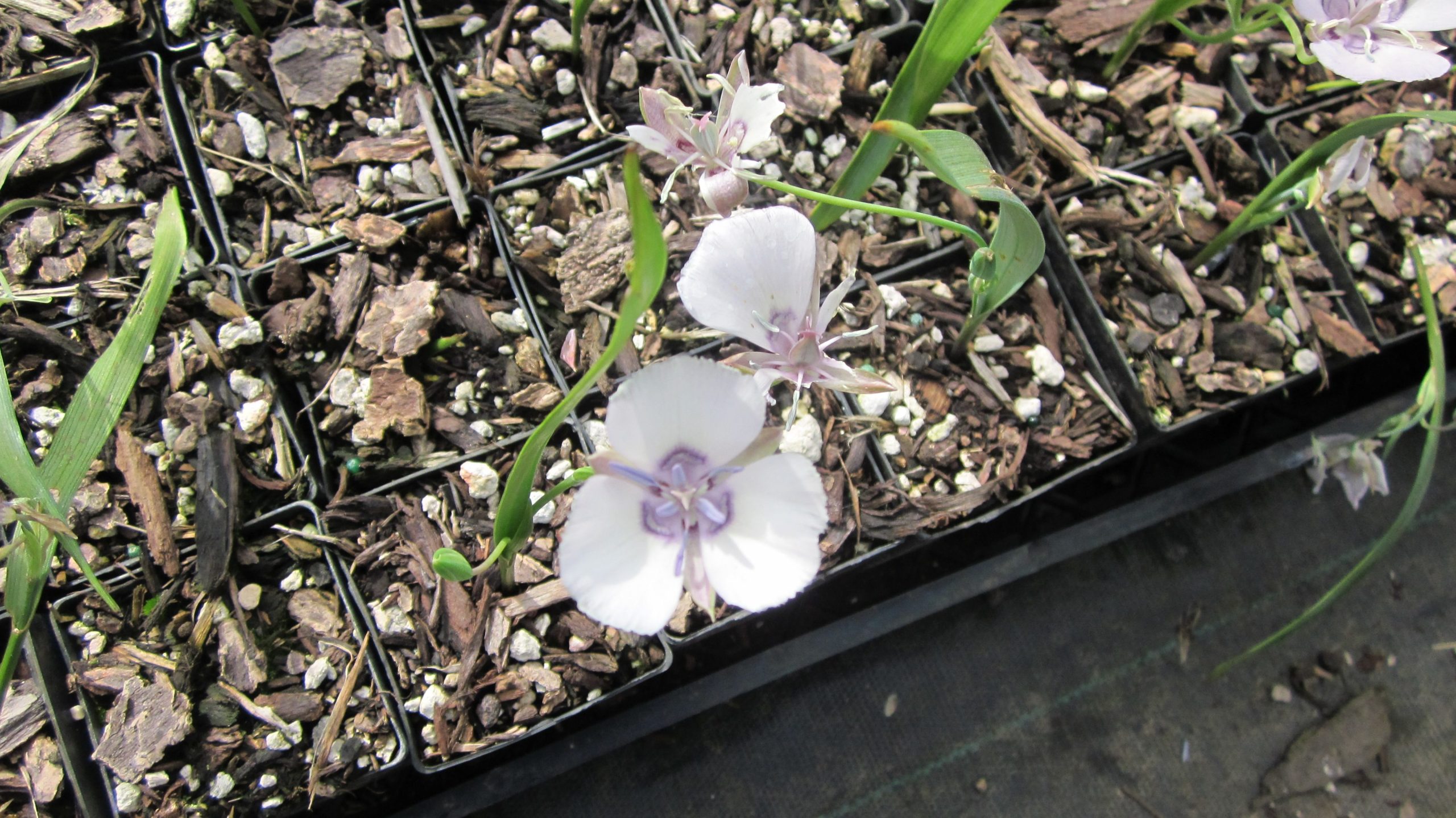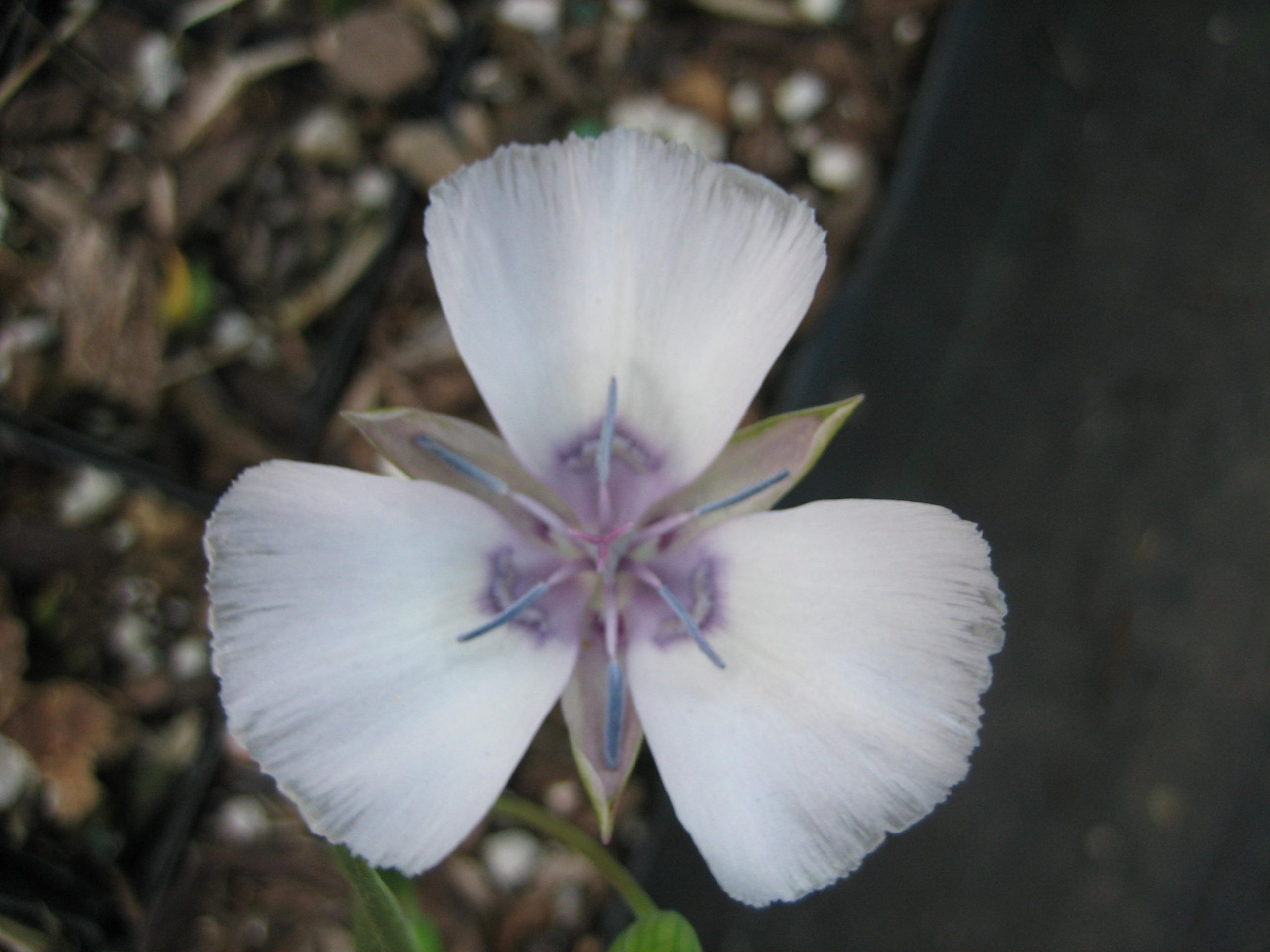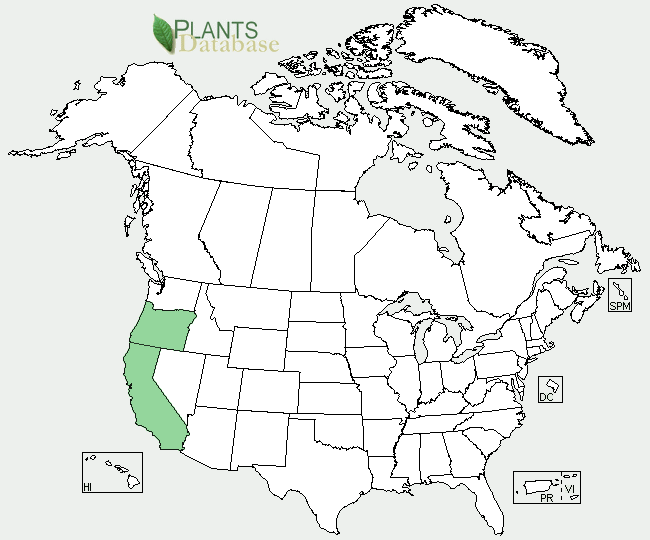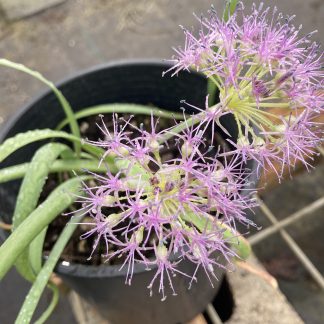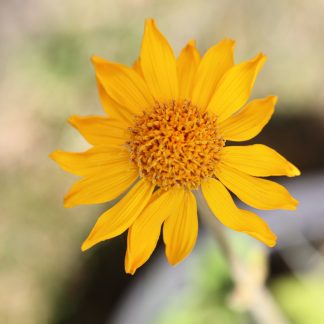Calochortus nudus
star tulip
Habit: a low growing perennial in the lily family, the star tulip starts from a bulb and typically reaches only 6 inches in height. Its grass-like leaves are linear and narrow, with basal leaves growing up to 6 inches long. The plant has erect, unbranched stems producing one or more delicate blossoms. Each flower has three narrow and pointy green sepals as well three rounded petals, which may vary in color from white to pink to lavender tones. Unlike other flowers in the genus, the base of the petals of Calochortus nudus are mostly hairless. Its fruits are three-winged capsules, containing many light brown seeds.
Ecology: this little plant is loving of partially shaded places and wet soils, such as lakeside bogs and moist meadows. Its native range extends from southern Oregon into the southern end of the Sierra Nevada mountain range in elevations from 3900 to 8200 feet.
Growing conditions: star tulips will do well in a partially shaded side of the garden. Water supply should be regular, except during dormancy, when the soil has to remain dry.
Plants of this genus are generally edible and attractive to livestock. Native Americans consumed the bulbs as a food source. Mormon settlers in Utah also ate the bulbs, due to crop failure during their first winters in the Great Salt Lake Valley.
This species is distinguished from others within the genus due to its lack of hairs inside the petals, a characteristic that rendered its Latin name nudus, meaning “naked”. The genus name Calochortus is derived from the Latin Kalos, meaning “beautiful” and chortos, meaning “grass”. This species is also known as “naked mariposa lily”.
Specs
Herbaceous Perennial
5-10 inches (13 to 25 cm)
6-15 inches (15 -38 cm)
6 to 10

